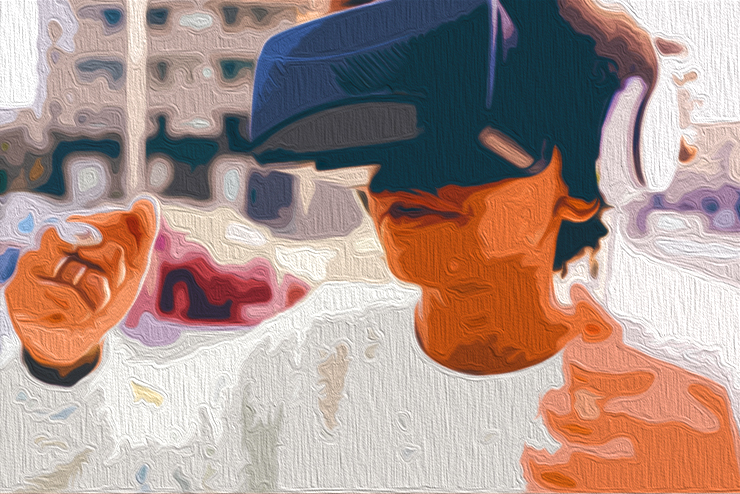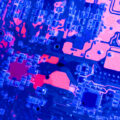The Discovery of Lost Tomatoes
In a surprising turn of events, two space-grown tomatoes that were mistakenly lost on the International Space Station (ISS) by NASA astronaut Frank Rubio have been found eight months later. The tomatoes were recently recovered, slightly discolored and dehydrated.
The Resilience of Tomatoes in Space
Imagine what would happen to a tomato if it were lost in your home on Earth and found eight months later. It would likely turn into an unrecognizable clump of white and black fuzz due to time and bacteria. However, in space, things are different.
The two space-grown tomatoes that were misplaced by astronaut Frank Rubio turned up last week, vindicating Rubio against accusations from his colleagues that he had eaten them. Surprisingly, the tomatoes still looked remarkably good and edible, considering the challenging conditions they had endured.
The Condition of the Tomatoes
NASA released a new image of the recovered tomatoes, reporting that they had become dehydrated and slightly squished but had no visible microbial or fungal growth. This is a testament to the resilience of these space-grown fruits.
The VEG-05 Project
The tomatoes were part of NASA's VEG-05 project, launched late last year to study crop growth, food safety, and flavor in space. The project aimed to address the need for ongoing fresh food during space missions, including those to the Moon and Mars.
As part of the experiment, dwarf tomatoes, lettuce, cabbage, kale, and flowers were grown in the International Space Station's vegetable facility. The goal was to understand how plants adapt to space conditions and ensure a sustainable source of fresh food for astronauts.
Tomato Controversy and Exoneration
After the tomatoes were harvested in March, each astronaut received a sample in a Ziplock bag. They were instructed not to eat the fruit due to potential fungal contamination. Unfortunately, Frank Rubio lost track of his tomatoes during his 371-day stay on the space station, leading to teasing from his fellow astronauts.
However, the embattled astronaut was exonerated after leaving the space station when the missing fruits were finally located in a plastic bag. Although the tomatoes will not return to Earth, further plant research continues on the ISS.
Plant Research on the ISS
Despite the tomato incident, scientists involved in the Plant-Habitat-03 project are currently studying genetic adaptations in plants grown in space to assess their transferability to future generations. The results of this study could help researchers identify genetic elements in plants that make them adaptable to spaceflight, enabling the growth of multiple generations of crops during missions.
The Psychological Benefits of Outer Space Gardening
In addition to its scientific objectives, outer space gardening has psychological benefits for astronauts. NASA highlights that it can improve their quality of life and boost morale. However, maintaining track of prized tomatoes remains a challenge in the unique environment of the International Space Station.
Original article source: Business Insider
—————————————————————————————————————————————
By: ggoodwin@businessinsider.com (Grace Eliza Goodwin,Erin Snodgrass)
Title: Space-Grown Tomatoes Found on International Space Station After 8 Months
Sourced From: www.businessinsider.com/what-happens-tomatoes-lost-international-space-station-nasa-2023-12
Published Date: Fri, 15 Dec 2023 01:11:54 +0000





Leave a Reply